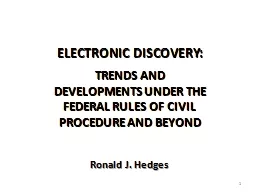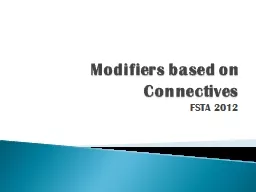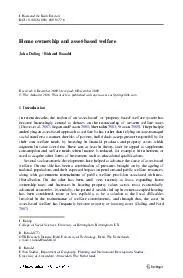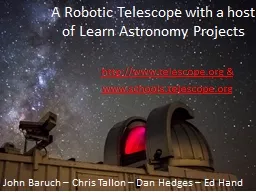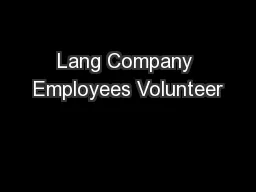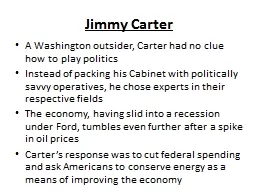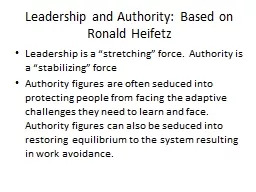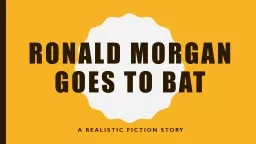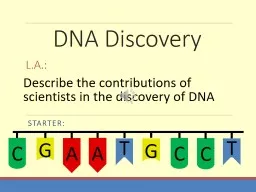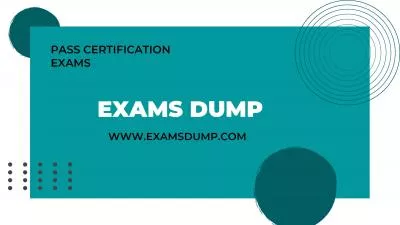PPT-Ronald J. Hedges ELECTRONIC DISCOVERY:
Author : shangmaxi | Published Date : 2020-10-22
TRENDS AND DEVELOPMENTS UNDER THE FEDERAL RULES OF CIVIL PROCEDURE AND BEYOND 1 BIOGRAPHY United States Magistrate Judge District of New Jersey 19862007 Adjunct
Presentation Embed Code
Download Presentation
Download Presentation The PPT/PDF document "Ronald J. Hedges ELECTRONIC DISCOVERY:" is the property of its rightful owner. Permission is granted to download and print the materials on this website for personal, non-commercial use only, and to display it on your personal computer provided you do not modify the materials and that you retain all copyright notices contained in the materials. By downloading content from our website, you accept the terms of this agreement.
Ronald J. Hedges ELECTRONIC DISCOVERY:: Transcript
Download Rules Of Document
"Ronald J. Hedges ELECTRONIC DISCOVERY:"The content belongs to its owner. You may download and print it for personal use, without modification, and keep all copyright notices. By downloading, you agree to these terms.
Related Documents

